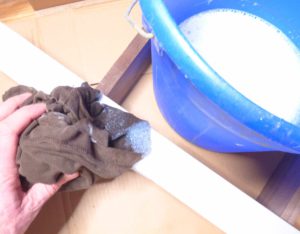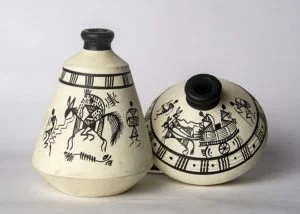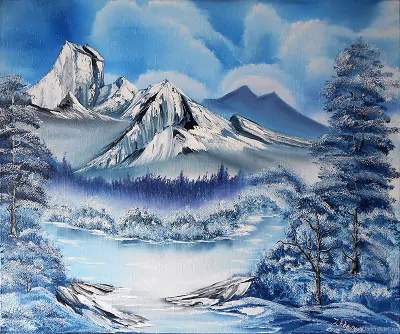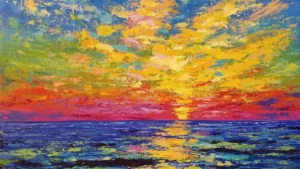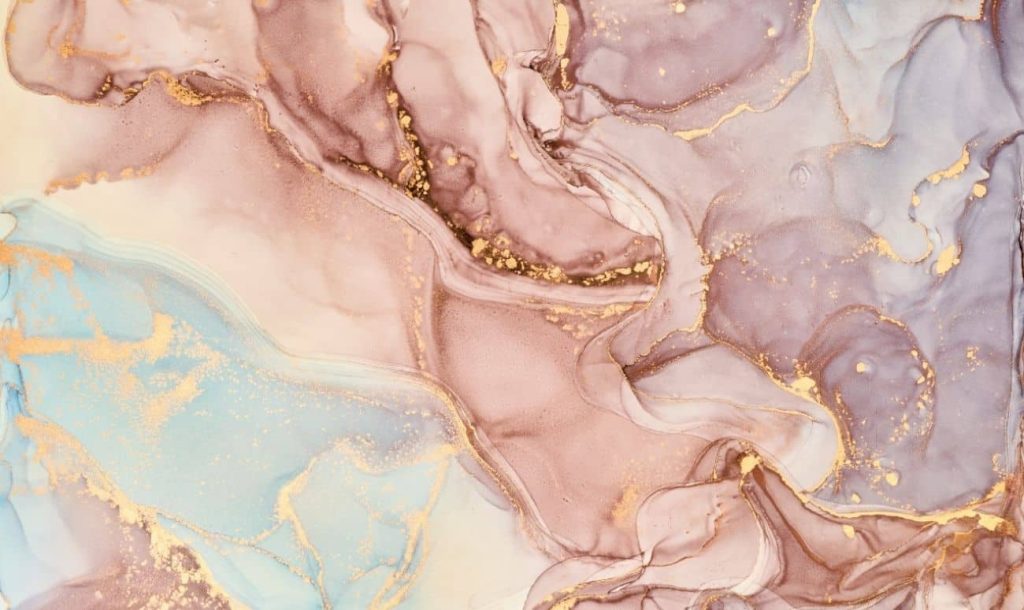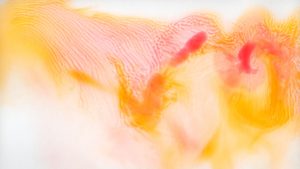It really is worth remembering that there was a period when all painters had to either produce their own paints or buy them from a local artist. The great majority of today’s painters get their paints and art supplies from a store.
Most artists don’t give a second thought to how these materials are manufactured or what’s in them. Our relationships with our art supplies have shifted as a result of this. You can rekindle your relationship with the materials you use to make art by producing your own paints.
Making your own paint
You may produce your own paints at home in a simple and cost-effective manner. Oil paints, acrylics, watercolours, and pastels can all be made with relatively modest supplies that can be found online or in a local store.
To produce your own paints, you don’t need a large studio or an abundance of tools! All you need are a few basic ingredients specific to each media, as well as a tabletop to work on.
Handmade watercolours are usually prepared in small quantities with much care spent to ensure that each colour is properly set. Handmade paints are prone to cracking, which can be caused by a variety of factors.
What is the process of paint-making
Here is the simplest and most basic way of preparing your own colour-
Pigments
The colour of the paint is created by a pigment or a mixture of pigments. Finally You realise how enjoyable and creative this process can be! You are effectively mixing up really unique colours with whatever pigment combination you want.
Binder
It is the glue that ties all of the pigments together. And each person appears to have their own “recipe.” Gum arabic is usually the foundation of that recipe.
Mulling
Mulling is the process of combining pigment and binder with a palette knife and then mulling it on a glass surface with a glass muller. This appears to be both entertaining and relaxing.
- Filling
The newly mulled paint is scooped into little pans with a palette knife.
Benefits
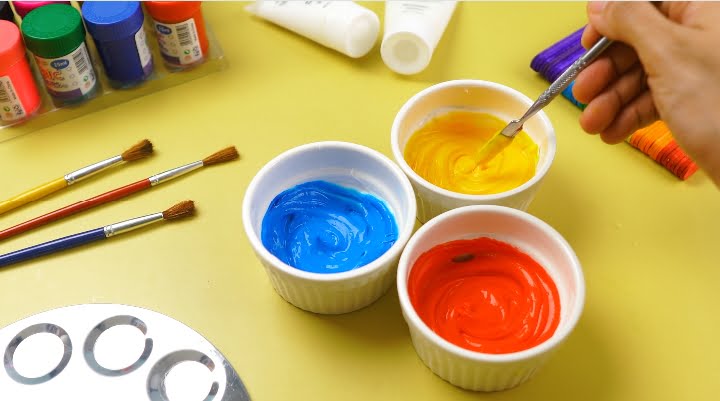
Unless the maker specifies otherwise, handcrafted watercolours are free of fillers and preservatives. As a result, handcrafted items are essentially pigment and binder (Gum Arabic/ Acacia Gum). Glycerin is sometimes used as a softener for colours that require a lot of moisture to set.
Because some pigments, such as shimmers i.e. mica, do not require as much moisture and reactivate well without it, glycerin is not always used with them.
The notion is that the watercolours will be more flexible and less likely to crack as a result.
The ability to choose the hue, value, and strength of each colour is one of the most appealing aspects of making your own paints. You can make your own if you require a specific shade of green that is difficult to combine with commercial paints.
You can create the exact colours you need and save them for future use if you require a range of blues to create skyscapes and seascapes.
It is easier to comprehend the nature of a medium when you break it down into its various components. Participating in the creation of an oil paint or a pastel stick provides invaluable overview of the characteristics of that media. Plus, witnessing loose powdered pigment develop into workable paint can add to the entire creative experience.
Best Paint-makers
Let’s take a look at some of the best paint-makers around the world for your knowledge-
- Designs by Rachel Beth- USA
- Earth Mineral Arts- USA
- Eventually Everything Mixes- Germany
- Blue Pine Arts- India
- Greenleaf and Blueberry- USA
- 31 Purple Fish- USA
- A Gallo Watercolors- Italy
- Rivervale Watercolor- USA
- Ruby Mountain Paint Co- USA
- Sea Mountain Co- Phillipines
- Blondrock Watetcolours- Spain
One method to check out unique pigments is to get watercolours from a handmade paint maker. Indie artists can purchase powdered colours from companies like Kremer Colours or gather their own natural pigments.
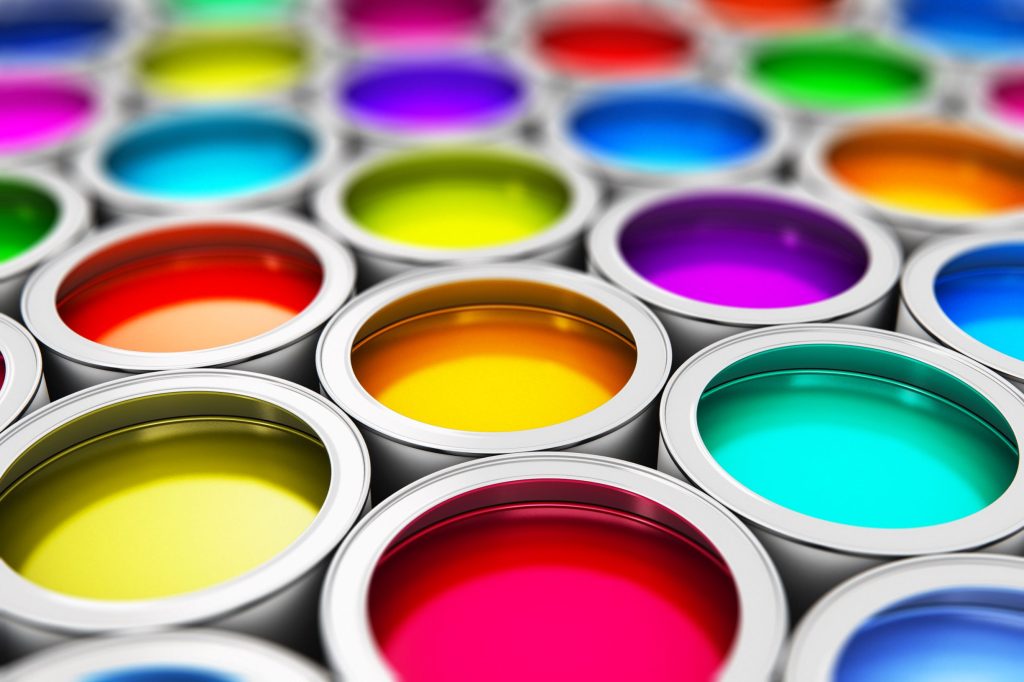
Pigments that aren’t available in larger brands are sometimes available in handmade brands.When you buy from an independent painter, you’re getting usable art. Each paintmaker’s personality shines through in their packaging, colour choices, marketing, and so on.
Many handmade enterprises also feature carefully crafted paint selections with a distinct flair.
Although, watercolor paints created by oneself are not inexpensive. Indie paint brands are more expensive than commercial brands. This is due to the significant manual labour costs of creating watercolour in tiny batches.
These paint brands can also be aggravating since they may give ordinary pigments unusual names, advertise fugitive paints as lightfast, and refuse to reveal pigment details.
Lastly, a little bit of the colour-history!
Color pigment was first used by humans in prehistoric periods, when they drew on cave walls and their own bodies. To apply combinations of natural materials as paint, they used moss, chewed ends of branches, and their own fingers.
All of the pigments used in the prehistoric pallet of paints came from the soil. Earth pigments (ochre and umber), charcoal (carbon black and bone black), and white(calcium) were the first pigments used.
To keep his supply of earth pigments, man was willing to travel large distances. Trails leading to hematite deposits can be found at all prehistoric cave art locations.
Historians say that man’s hunt for earth pigments is the driving force behind the mining industry. The Bimbetka rock shelters in Madhya Pradesh have the earliest cave paintings where colour was drawn from the soil for art.
Fun fact:
The first of the two new modern day pigments was Prussian blue, derived from Iron. It tends not to fade. Unlike pigments made from lapis lazuli.
The second pigment of the modern age is cobalt green.
Share with your friends
